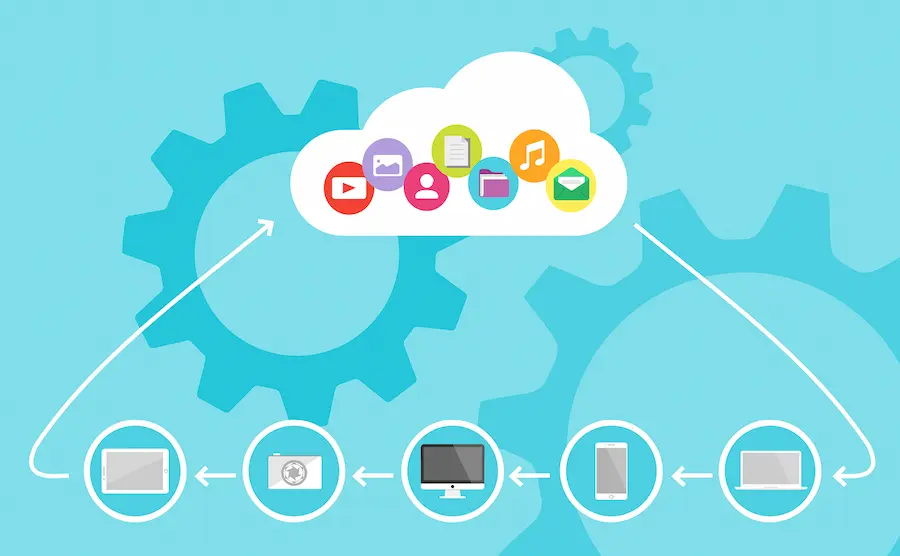If you’re wondering, “What is a Content delivery network?” then you’ve come to the right place. Read on to learn more about how this service works, how much it costs, and what features it has. You can then make an informed decision about the right solution for your website.
Content Delivery Network
A content delivery network (CDN) helps deliver content from one location to another with the lowest latency. CDNs can handle millions of requests per second. Without a CDN, content providers must absorb the traffic themselves, which can lead to slow load times and bad end user experiences. A CDN solves these issues by providing a scalable, highly distributed network of servers in multiple locations. Advanced CDNs use massive server platforms and distributed architecture to handle tens of Tbps of traffic.
CDNs can be used in many situations, including when a new application is being deployed. In this scenario, a new CDN can retain the old version of an application while distributing the new version to a different location. A new CDN can also hold content in different formats, making it easier to maintain consistency. Some leading providers even offer blob storage as an origin point for content and provide a separate storage account and container for each format.
Its Uses
A CDN is a content delivery network that focuses on speed. Most websites need to load quickly, so CDNs can deliver content and process requests quickly. When choosing a CDN, two key factors should be considered: throughput and latency. Throughput refers to the amount of data that is transferred per second, and a high throughput will ensure that your site is up and running as quickly as possible. Some CDN providers also offer features like real-time analytics, FTP uploads, and content purge capabilities.
Video, music, and images are often delivered by a CDN. The technology is especially helpful for organizations distributing videos across multiple states. Many of your favorite video streaming services use CDN technology to ensure their content is available to all users. The distance between the user and the server can have a big impact on the video’s loading time. A CDN can help reduce the latency that can affect the quality of a video’s experience.
Its Price
One way to reduce the cost of content delivery in the cloud is to use a CDN. This technique reduces data transfer costs by caching static content and reducing server-side load. However, there are a few things to consider when deciding whether a CDN is worth the cost. The architecture of a CDN and its interaction with a cloud workload are key factors. Compared to other types of content delivery, CDNs have fewer overheads and a lower overall bill.
One factor to consider is the amount of bandwidth your site will need. Several providers offer free levels of service, while others charge for the service. In addition, you will need to understand the SLA of the provider. Leading providers typically guarantee 99.9 percent uptime, but a higher level of service will increase your monthly cost. You can use a CDN pricing calculator to estimate the amount of bandwidth you will use each month.
Its Features
A cloud CDN makes it easy to integrate powerful web security features. These features can detect and block web threats before they can reach your protected network. This helps you avoid the risk of phishing attacks and other online attacks. This type of security is a great addition to cloud computing. It is available from several providers and you can switch between them to balance performance and availability.
CDN cloud services allow businesses to bring data to their end users in the fastest time possible. They link the online spaces of a company to a cloud CDN, making it possible for the company to offer its products and services to customers from anywhere.
Its Protection From Malicious Actors
CDNs provide some protection from malicious actors in cloud computing, including the exploitation of vulnerabilities in cloud infrastructure and software applications. However, a blended approach is required to mitigate such risks. It is important to upgrade your security measures on a regular basis, and your security solution should provide visibility across the organization. For instance, an outdated firewall or a server with unpatched security vulnerabilities can leave an organization open to attacks.
The best CDN solutions include built-in protection from attacks by cybercriminals. These attacks can occur in many ways, including by bypassing content filtering mechanisms. Cybercriminals often embed malicious content in a seemingly legitimate file, enabling them to bypass security measures. They may even exploit a CDN’s ability to host file attachments.

